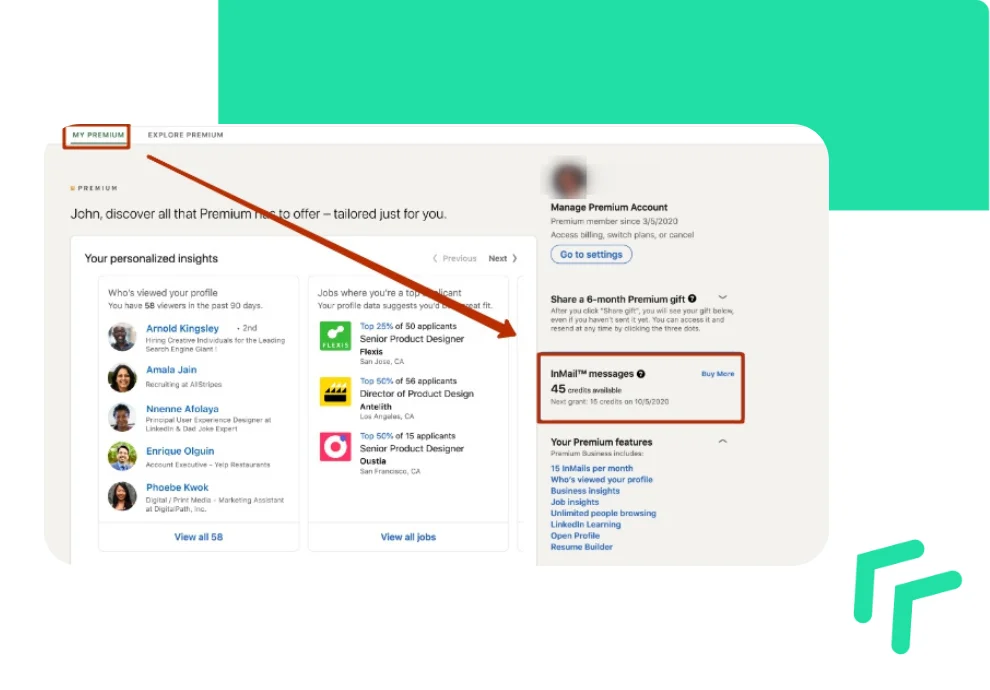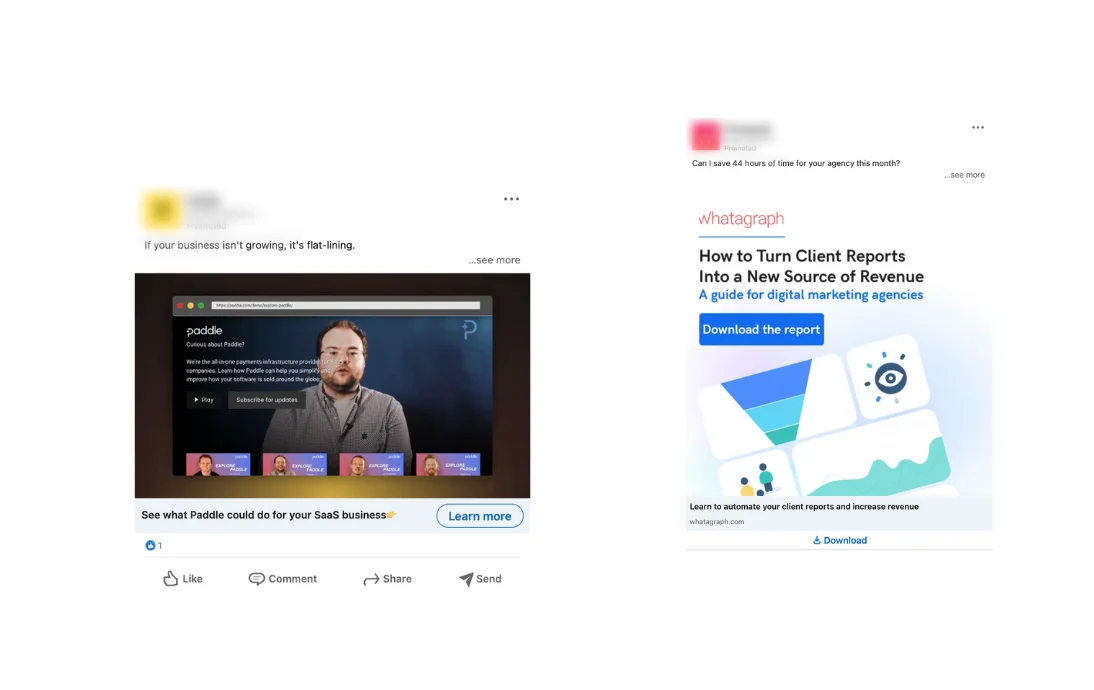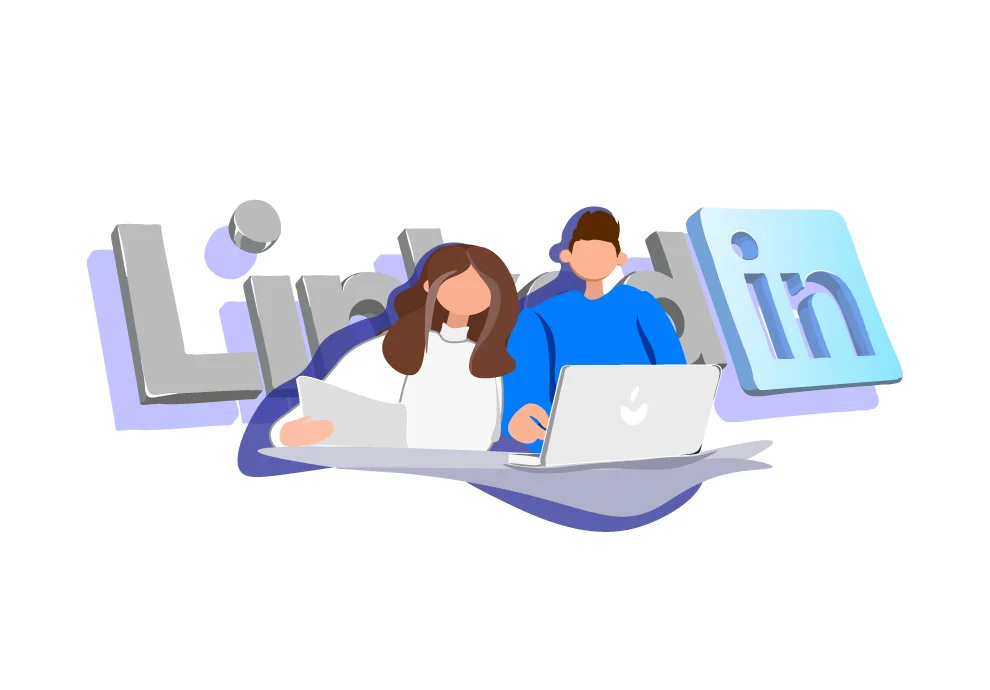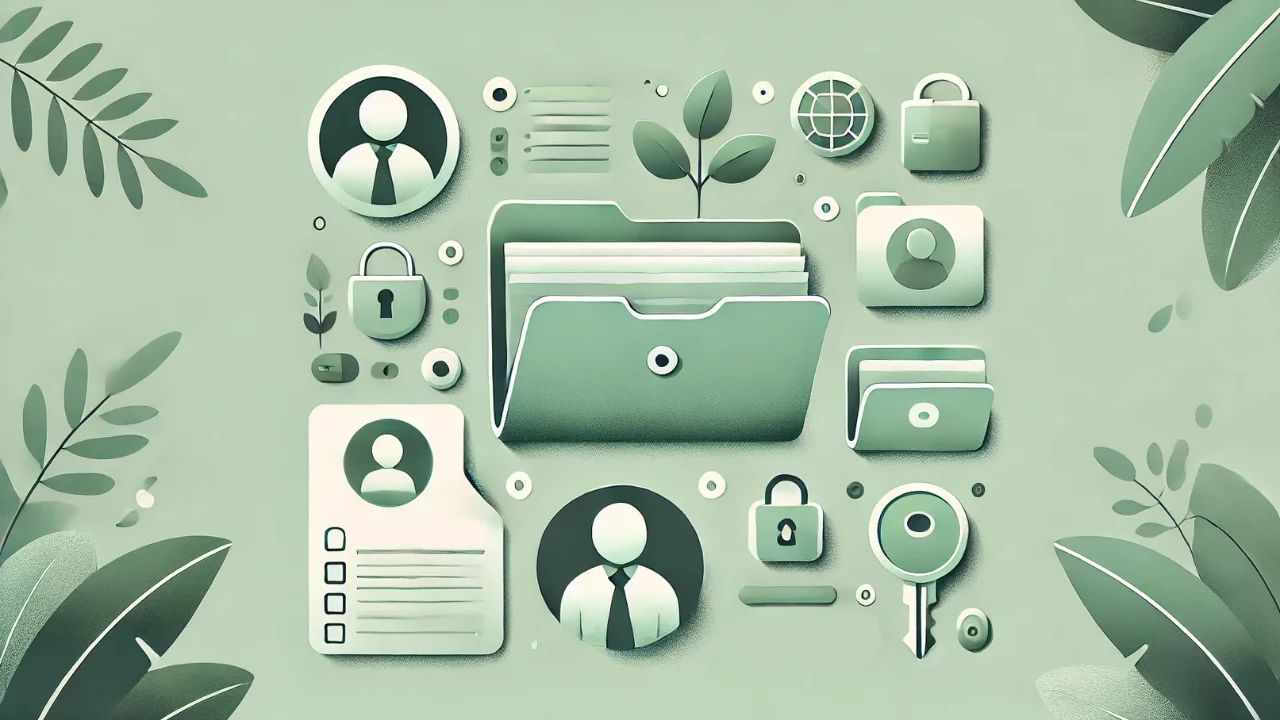Direct marketing is another meaningful sales channel. The internal LinkedIn mailout is 300% more effective than a conventional one referring to the statistical data. InMail is used for finding employees and employers, partnership offers, and direct sales. Some letters you can send to people you are not in touch with are a part of the paid plan. But please note that if your recipients often mark you as ‘unknown’, the platform might block the feature for you. We recommend carefully reading through the text of the letter and doing a checklist review of your profile.
Before sending emails, you should аштв your target audience: the industry of the company, position, and job responsibilities. Due to how the social platform is designed, you can narrow your search pretty effortlessly: all the required information is available. Make your letter informative, personalized, and neutral. LinkedIn audiences are educated people with career ambitions so use a tone of voice that will resonate with them.
There is a couple of methods to increase conversion when you do a mailout via InMail:
- Carry out precise targeting for a narrow audience.
- Create text that catches attention, and do not forget to add reasonable emotions.
- Mention connections with famous brands. People tend to trust those people and brands they are familiar with.
Be concise to prevent your emails from being marked as spam. Users tend to open emails on their smartphones — so try to express the main idea in 150 characters. Please do not forget that you use InMail to meet people and build connections, not to sign a deal — it is only the first step towards sales or partnerships. And as for sponsored messages, the call to action should encourage you to follow you or register, not to buy.
How to write a ‘cold’ letter
It is vital to follow several principles — no matter what you write — an email to one of your connections or a sponsored message. A catchy and snappy headline contributes to a positive first impression. For example, you have found out that the respondent recently got a new position. You can congratulate them on their career promotion in the headline. So, your message will be more personalized and not left unnoticed — it is the first step to building rapport.
The structure of an effective letter is the following:
- Presentation where you introduce yourself.
- Business part: opportunities and advantages of a partnership and your propositions. Users will determine what common grounds you have at this stage. If you can highlight personal values for them and show that you have read through a user profile.
- Add a call to action to continue the conversation.
Evaluate the text from the reader’s perspective. Is it clear who is writing and why? Are the propositions sound interesting? The main aim of the first letter is to start a dialog — so make sure that your letter is something people may want to answer. The message should sound positive, and making the style too formal is not recommended, but it is necessary also to avoid a spoken style.
Respect your potential partner’s time. People do not focus for more than 8 seconds when checking their mail generally. So, try not to add too many facts, numbers, and long sentences to the message —cut your message down to a couple of paragraphs. Then check your message on your smartphone: does it fit on the screen? If the answer is no — try to shorten it.
Build a promotional strategy on LinkedIn
A promotional strategy should include building an expert image in a professional community. To achieve it, you should create a network of contacts and use it, participate in discussions, and publish educational content. It is not enough to build connections — keeping them afloat is an integral marketing activities part. Focus on the emotional connection that will lead to successful long-term cooperation.
Collect feedback about your product: for example, you can suggest testing it for free and asking professionals to evaluate it. Find out your audience’s pain points and consider them when building a content plan; monitor what your competitors do, how often they post, and what format they use — adapt the new information to the specifics of your product after that.
Creating a business page with a clear USP is an integral promotion part. It is necessary to optimize the account from time to time. Regular content updates, addressing feedback, and tracking audience engagement will help you to keep people interested in your page. Do not ignore the visual mediums: video, motion design, infographics, SlideShare presentations, samples, and screenshots.
Participation in discussion groups can be a source of good leads. If you can create a successful image of an intellectual leader, your account will be popular. When a user decides to make a purchase, he will remember you as a professional and will consider you as a person to solve their issue. We recommend focusing on small groups. Participation in small local communities will make you stand out, and your opinion will become valuable.
Tag contacts in publications and involve them in the study of your content. This allows you to keep in touch, while you stimulate users to be active following the principle of reciprocity. Meaningful comments under other people’s content demonstrate expertise and drive clicks to your profile. Of course, it is necessary to constantly analyze the activity and adjust the strategy. What worked on other social platforms might fail on LinkedIn, and vice versa.
Personalization, expertise, and professionalism combined with humanity and individuality are the core principles of promotion. Compliance with them makes LinkedIn a powerful tool for attracting customers and creating a business communication environment.







